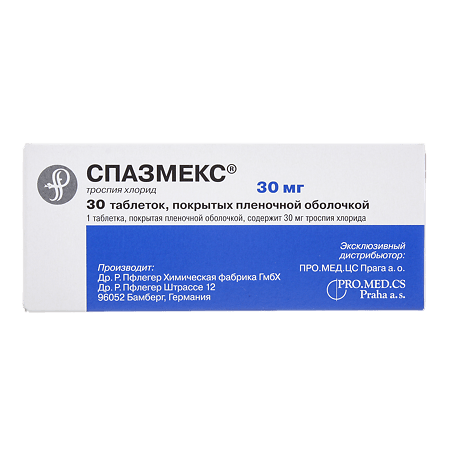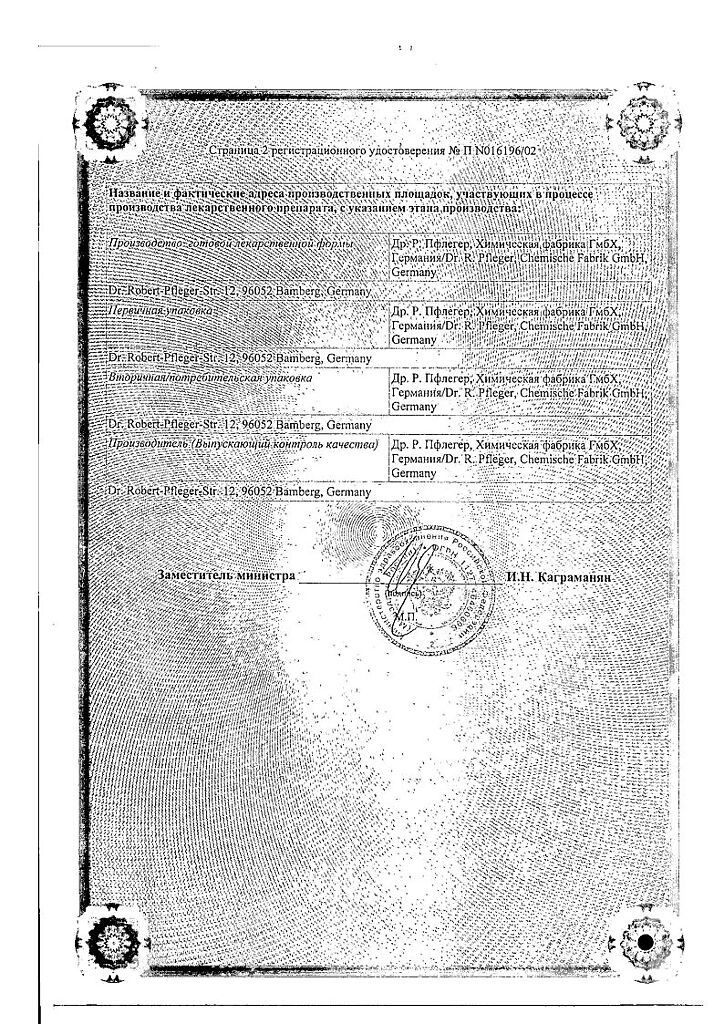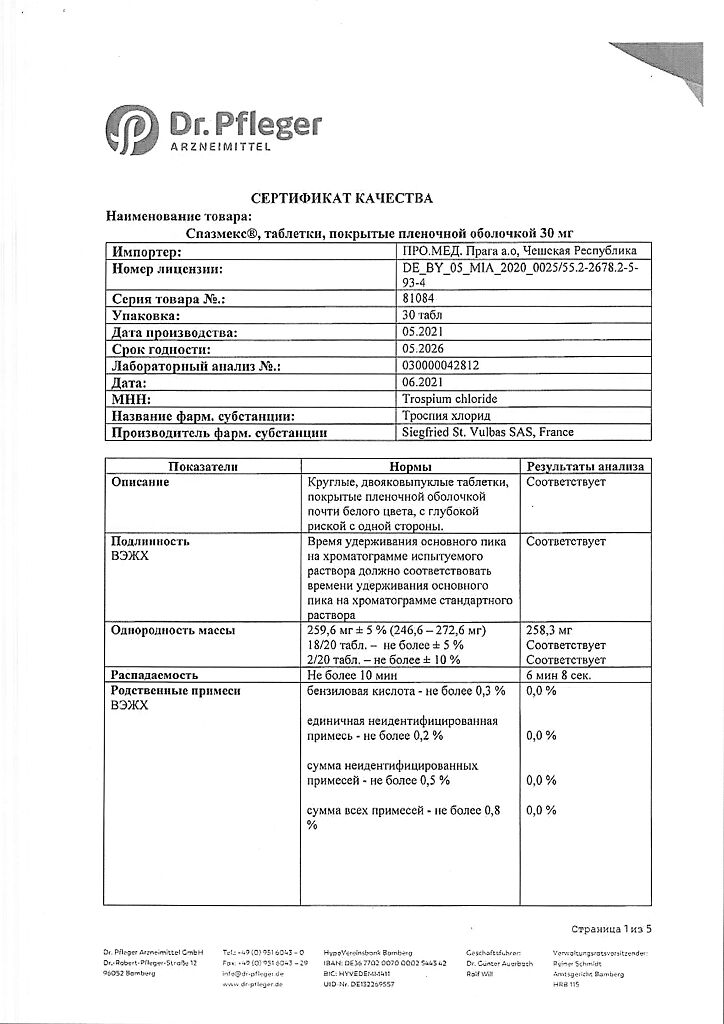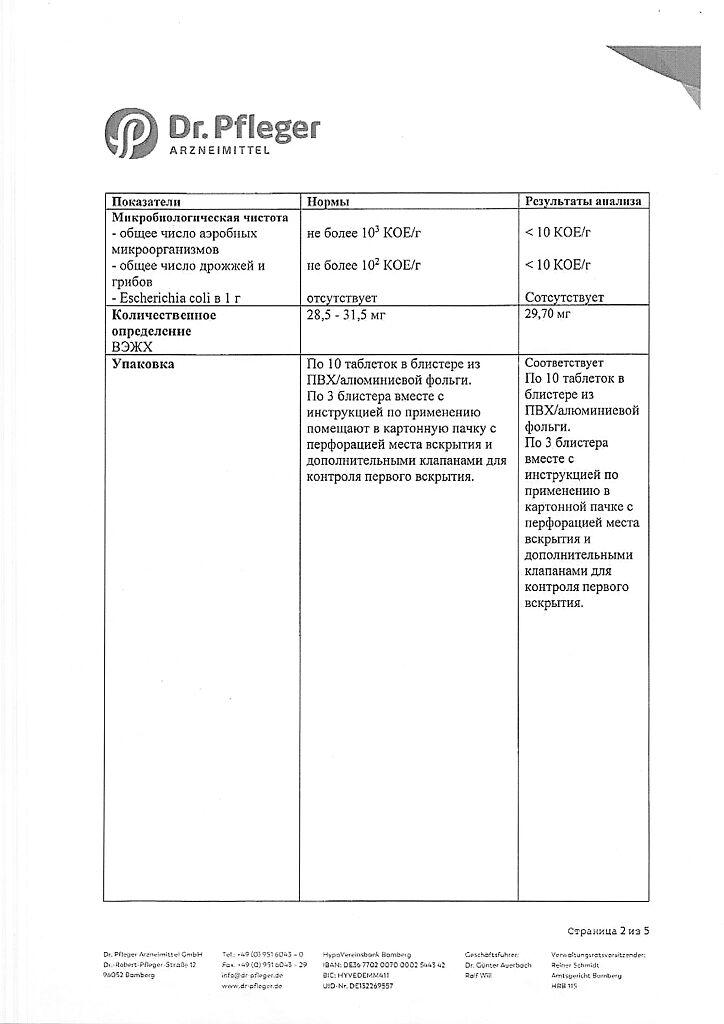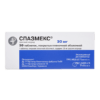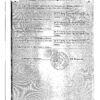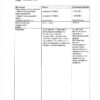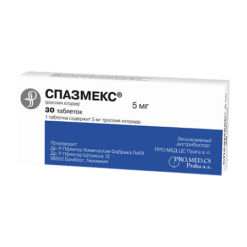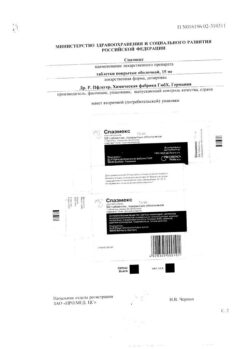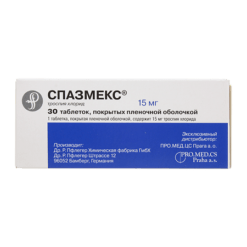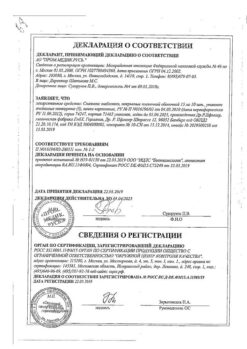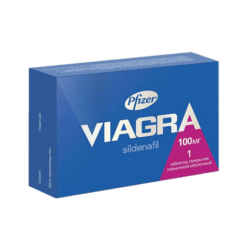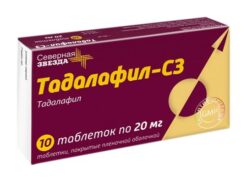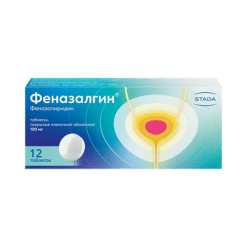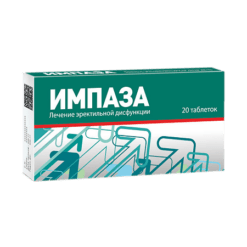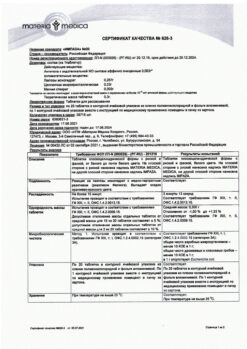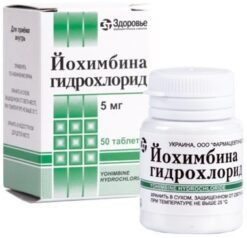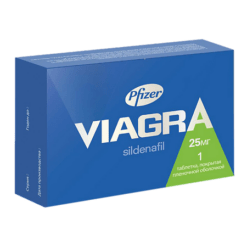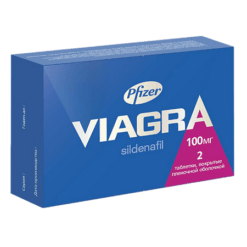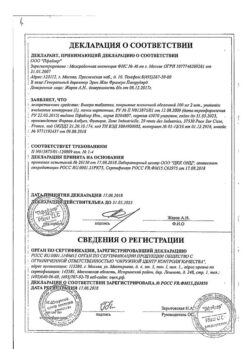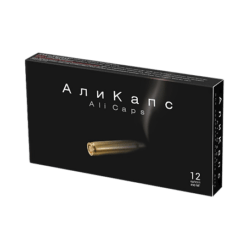No products in the cart.
Spasmex, 30 mg 30 pcs
€25.47 €21.23
Description
Pharmacodynamics
Trospium chloride is a quaternary ammonium base, belongs to the group of m-cholinoblockers. It is a competitive antagonist of acetylcholine at the receptors of postsynaptic membranes of smooth muscles. It has high affinity to m 1 – and m 3 -cholinoreceptors. Reduces increased activity of the detrusor of the bladder. It has antispasmodic and some ganglioblocking effects. It has no central effects.
Pharmacokinetics
Intake and distribution
The maximum plasma concentration of trospium chloride (C max ) is reached 4-6 hours after oral administration of trospium chloride; elimination half-life (T 1/2 ) averages 5-18 hours, does not cumulate. Binding to plasma proteins is 50-80%. The plasma concentration of trospium chloride with a single oral administration of 20-60 mg is proportional to the dose taken.
Metabolism and excretion
The majority of trospium chloride is excreted unchanged by the kidneys, a smaller part (about 10%) – as spiroalcohol metabolite formed during hydrolysis of ester bonds.
Indications
Indications
Bladder overactivity, accompanied by urinary incontinence, imperative urge to urinate and increased frequency of urination (with idiopathic detrusor overactivity of non-hormonal and inorganic etiology);
mixed forms of urinary incontinence;
spastic neurogenic dysfunction of the bladder: with neurogenic hyperactivity (hyperreflexia) of the detrusor (multiple sclerosis, spinal injuries, congenital and acquired diseases of the spinal cord, strokes, parkinsonis);
detrusor-sphincter-dyssynergia against the background of intermittent catheterism;
pollakiuria;
nocturia;
nocturnal and daytime enuresis;
in the complex treatment of cystitis accompanied by imperative symptoms.
Pharmacological effect
Pharmacological effect
Pharmacodynamics
Trospium chloride is a quaternary ammonium base and belongs to the group of m-anticholinergic agents. It is a competitive antagonist of acetylcholine at receptors of postsynaptic smooth muscle membranes. It has a high affinity for m 1 and m 3 cholinergic receptors. Reduces increased activity of the bladder detrusor. It has an antispasmodic and some ganglion-blocking effect. Does not have central effects.
Pharmacokinetics
Suction and distribution
The maximum concentration of trospium chloride in blood plasma (Cmax) is achieved 4-6 hours after oral administration of trospium chloride; The half-life (T 1/2) averages 5-18 hours, does not accumulate. Binding to plasma proteins is 50-80%. The concentration of trospium chloride in blood plasma after a single oral dose of 20-60 mg is proportional to the dose taken.
Metabolism and excretion
The predominant amount of trospium chloride is excreted by the kidneys unchanged, a smaller part (about 10%) is in the form of a spiroalcohol metabolite formed during the hydrolysis of ester bonds.
Special instructions
Special instructions
Taking the drug in case of dysfunction of the internal urethral sphincter or bladder detrusor should be accompanied by its complete release through catheterization.
In case of autonomic disorders of the bladder, the cause of dysfunction must be determined before treatment begins; organic causes of pollakiuria, nocturia and urinary incontinence, such as heart failure, polydipsia, the possibility of urinary tract infection and bladder cancer, are excluded, since they require etiotropic therapy.
Impact on the ability to drive vehicles and other mechanisms that require increased concentration
At the beginning of treatment, when increasing the dose of the drug, replacing the drug, as well as when interacting with alcohol, vision may deteriorate, which should be taken into account when driving vehicles and working with moving mechanisms.
Active ingredient
Active ingredient
Trospium chloride
Composition
Composition
1 film-coated tablet contains:
Active substance:
trospium chloride – 30 mg.
Excipients:
lactose monohydrate,
microcrystalline cellulose,
sodium starch glycolate,
corn starch,
stearic acid,
povidone K25,
colloidal silicon dioxide,
hypromellose,
titanium dioxide
Shell composition:
hypromellose, titanium dioxide, microcrystalline cellulose, stearic acid.
Pregnancy
Pregnancy
During pregnancy and breastfeeding, the drug should be used if the expected benefit to the mother outweighs the potential risk to the fetus or child.
Contraindications
Contraindications
Hypersensitivity to the drug, drug components;
urinary retention;
narrow-angle glaucoma;
tachyarrhythmia;
myasthenia gravis;
age up to 14 years (adequate strictly controlled studies of the use of trospium chloride in children have not been conducted).
With caution:
diseases of the cardiovascular system, in which an increase in heart rate may be undesirable: tachycardia, chronic heart failure, coronary heart disease; thyrotoxicosis, elevated body temperature; reflux esophagitis, hiatal hernia, combined with reflux esophagitis; diseases of the gastrointestinal tract accompanied by obstructive conditions: achalasia and pyloric stenosis; intestinal atony in elderly or debilitated patients, paralytic ileus; diseases with increased intraocular pressure: closed-angle and open-angle glaucoma; chronic inflammatory bowel diseases (Crohn’s disease, ulcerative colitis); dry mouth; renal failure; chronic lung diseases, especially in weakened patients; autonomic (autonomic) neuropathy; toxicosis of pregnancy; cerebral palsy; Down’s disease.
Side Effects
Side Effects
Incidence of side effects (number of cases: number of observations):
often – more than 1:100;
infrequently – 1:100-1000;
rarely – less than 1:1000.
From the cardiovascular system: infrequently – tachycardia; rarely – chest pain, fainting, tachyarrhythmia, hypertensive crisis.
From the gastrointestinal tract: often – dry mouth, dyspepsia, constipation, nausea, abdominal pain; infrequently – diarrhea, bloating; rarely – gastritis.
From the respiratory system: infrequently – shortness of breath.
From the nervous system: rarely – confusion, hallucinations.
From the musculoskeletal system: rarely – acute necrosis of skeletal muscles.
From the side of the organ of vision: infrequently – disturbance of accommodation.
From the urinary system: infrequently – impaired bladder emptying; rarely – urinary retention.
From the hepatobiliary system: rarely – a slight or moderate increase in transaminase activity.
From the immune system: infrequently – skin rash; rarely – anaphylactic reactions, Stevens-Johnson syndrome.
Interaction
Interaction
With simultaneous use, trospium chloride enhances the m-anticholinergic effect of amantadine, tricyclic antidepressants, quinidine and disopyramide, antihistamines, as well as the positive chronotropic effect of beta-adrenergic agonists.
Trospium chloride weakens the effect of prokinetics (metoclopramide and cisapride); affects the motor and secretory functions of the gastrointestinal tract, changing the absorption of simultaneously used drugs.
When taking medications simultaneously containing substances such as guar, cholestyramine and colestipol, the absorption of trospium chloride may be reduced.
No interaction was found between trospium chloride and cytochrome P450 isoenzymes (CYP1A2, 2A6, 2C9, 2C19, 2D6, 2E1, 3A4), since trospium chloride is metabolized by them only in small quantities, and hydrolysis of esters is the main route of its metabolism.
Overdose
Overdose
Symptoms: signs of overdose are an increase in anticholinergic symptoms, such as visual disturbances, tachycardia, dry mouth and hyperemia of the skin.
Treatment: gastric lavage and intake of adsorbents (activated carbon, etc.), instillation of pilocarpine – for patients with glaucoma, catheterization of the bladder – for urinary retention. In severe cases, cholinomimetics (neostigmine methyl sulfate) are prescribed. In case of insufficient effect, severe tachycardia and/or circulatory instability, beta-blockers are administered intravenously under ECG and blood pressure monitoring.
Storage conditions
Storage conditions
In a dry place, protected from light, at a temperature of 15–25 °C
Shelf life
Shelf life
5 years
Manufacturer
Manufacturer
Dr. Pfleger, Germany
Additional information
| Shelf life | 5 years |
|---|---|
| Conditions of storage | In a dry, light-protected place at 15-25 °C |
| Manufacturer | Dr. Pfleger, Germany |
| Medication form | pills |
| Brand | Dr. Pfleger |
Other forms…
Related products
Buy Spasmex, 30 mg 30 pcs with delivery to USA, UK, Europe and over 120 other countries.

